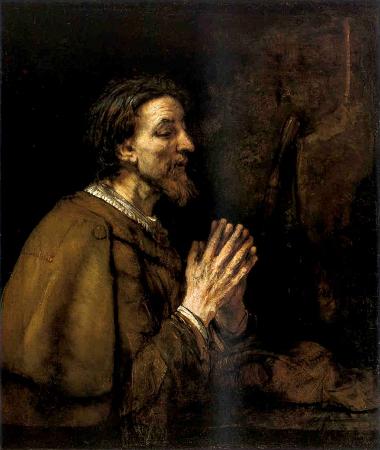Saint James Greater. James the Great also known as James, son of Zebedee and Saint James the Greater, was one of the Twelve Apostles of Jesus according to the New Testament. James is described as one of the first disciples to join Jesus. The Synoptic Gospels says that James and John were with their father by the seashore when Jesus called them to follow him. Saint James is the patron saint of Spain and, according to tradition, his remains are held in Santiago de Compostela in Galicia. The son of Zebedee and Salome is James, styled the Greater, to distinguish him from the Apostle James the Less, with greater meaning older or taller, rather than more important. He was the brother of John the Apostle. James is described as one of the first disciples to join Jesus. The Synoptic Gospels state that James and John were with their father by the seashore when Jesus called them to follow him. James was one of only three apostles whom Jesus selected to bear witness to his Transfiguration. James and John asked Jesus to grant them seats on his right and left in his glory. Jesus rebuked them, and the other apostles were annoyed with them. James and his brother wanted to call down fire on a Samaritan town, but were rebuked by Jesus. The Acts of the Apostles records that Herod the king had James executed by the sword. Nixon suggests that this may have been caused by James's fiery temper, for which he and his brother earned the nickname Boanerges or Sons of Thunder. F. F. Bruce contrasts this story to that of the Liberation of Saint Peter, and notes that James should die while Peter should escape is a mystery of divine providence. Saint James is the patron saint of Spain and, according to legend, his remains are held in Santiago de Compostela in Galicia. The traditional pilgrimage to the grave of the saint, known as the Way of St. James, has been the most popular pilgrimage for Western European Catholics from the Early Middle Ages onwards, although its modern revival and popularity stems from Walter Starkie's 1957 book, The Road to Santiago. The Pilgrims of St. James. Officially 327,378 pilgrims registered in 2018 as having completed the final 100 km walk to Santiago to qualify for a Compostela. When 25 July falls on a Sunday, it is a Holy Year and a special east door is opened for entrance into Santiago Cathedral. Jubilee years fall every 5, 6, and 11 years. In the 2004 Holy Year, 179,944 pilgrims received a Compostela. In the 2010 Holy Year the number had risen to 272,412. The next Holy Year will be 2021. The feast day of St. James is celebrated on 25 July on the liturgical calendars of the Roman Catholic, Anglican, Lutheran and certain Protestant churches. He is commemorated on 30 April in the Orthodox Christian liturgical calendar. The national day of Galicia is also celebrated on 25 July, being St James its patron saint. The site of martyrdom is located within the Armenian Apostolic Cathedral of St. James in the Armenian Quarter of Jerusalem. The Chapel of St. James the Great, located to the left of the sanctuary, is the traditional place where he was martyred, when King Agrippa ordered him to be beheaded. His head is buried under the altar, marked by a piece of red marble and surrounded by six votive lamps. Further information: Camino de Santiago The 12th-century Historia Compostelana commissioned by bishop Diego Gelmirez provides a summary of the legend of St. James, as it was believed at Compostela at that time. Two propositions are central to it: first, that St. James preached the gospel in Spain, as well as in the Holy Land; second, that after his martyrdom at the hands of Herod Agrippa, his disciples carried his body by sea to Iberia, where they landed at Padron on the coast of Galicia, then took it inland for burial at Santiago de Compostela. The translation of his relics from Judea to Galicia in the northwest of Iberia was done, in legend, by a series of miraculous happenings: decapitated in Jerusalem with a sword by Herod Agrippa himself, his body was taken up by angels, and sailed in a rudderless, unattended boat to Iria Flavia in Iberia, where a massive rock closed around his relics, which were later removed to Compostela. According to ancient local tradition, on 2 January AD 40, the Virgin Mary appeared to James on the bank of the Ebro River at Caesaraugusta, while he was preaching the Gospel in Spain. She appeared upon a pillar, Nuestra Senora del Pilar, and that pillar is conserved and venerated within the present Basilica of Our Lady of the Pillar, in Zaragoza, Spain. Following that apparition, St. James returned to Judea, where he was beheaded by King Herod Agrippa I in the year 44.
more...













